Cloud Endpoint Security
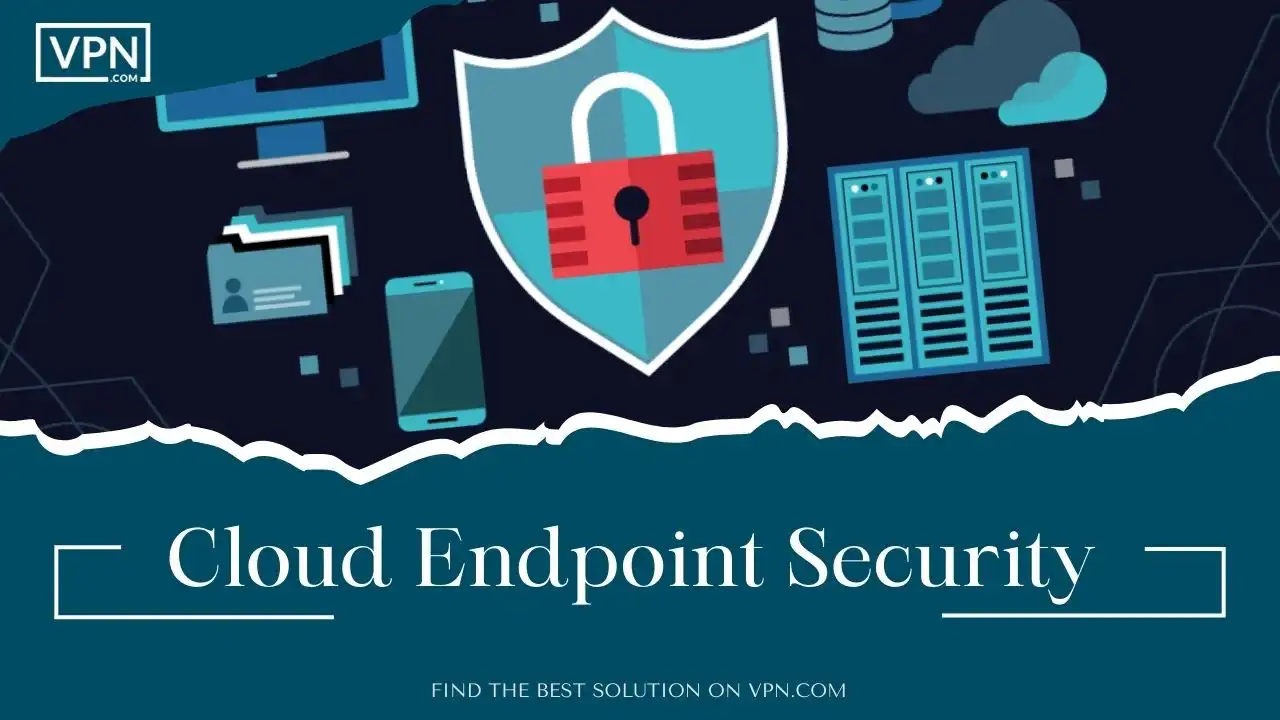
In today’s technology-driven world, cloud computing has become ubiquitous. Organizations of all sizes are migrating data and applications to the cloud to leverage its scalability, cost efficiency, and accessibility. However, this also expands the attack surface and makes endpoints more vulnerable if not properly secured.
Cloud endpoint security solutions provide robust protection by securing endpoints and workloads across devices and cloud environments. In this article, we will discuss the importance of endpoint security, the benefits of cloud-based endpoint protection strategies, what risks they help minimize, implementation methods, and how endpoint security fits into the modern technology stack.
A Basic Introduction
Endpoint devices like laptops, smartphones, and tablets have become the gateway to organizational data and resources with today’s mobile workforce. Endpoints face threats outside the traditional network perimeter, highlighting the need for robust cloud endpoint security. Attackers often target vulnerable endpoints to steal credentials, gain a foothold in the infrastructure, or infect devices with malware.
Robust cloud endpoint security is essential for protecting devices, preventing unauthorized access to sensitive data, and reducing an organization’s exposure to malware or exploits even when users work remotely.
With an increasing reliance on cloud platforms, organizations are adopting cloud-based endpoint security for its flexibility, scalability, and enhanced functionality over traditional on-premise software.

Our #1 Rated Monitoring Service
- 24x7x365 multi-cloud security
- Security Assessment & Remeditation
- DevSecOps
- Cloud Disaster Recovery
What is Cloud Endpoint Security?
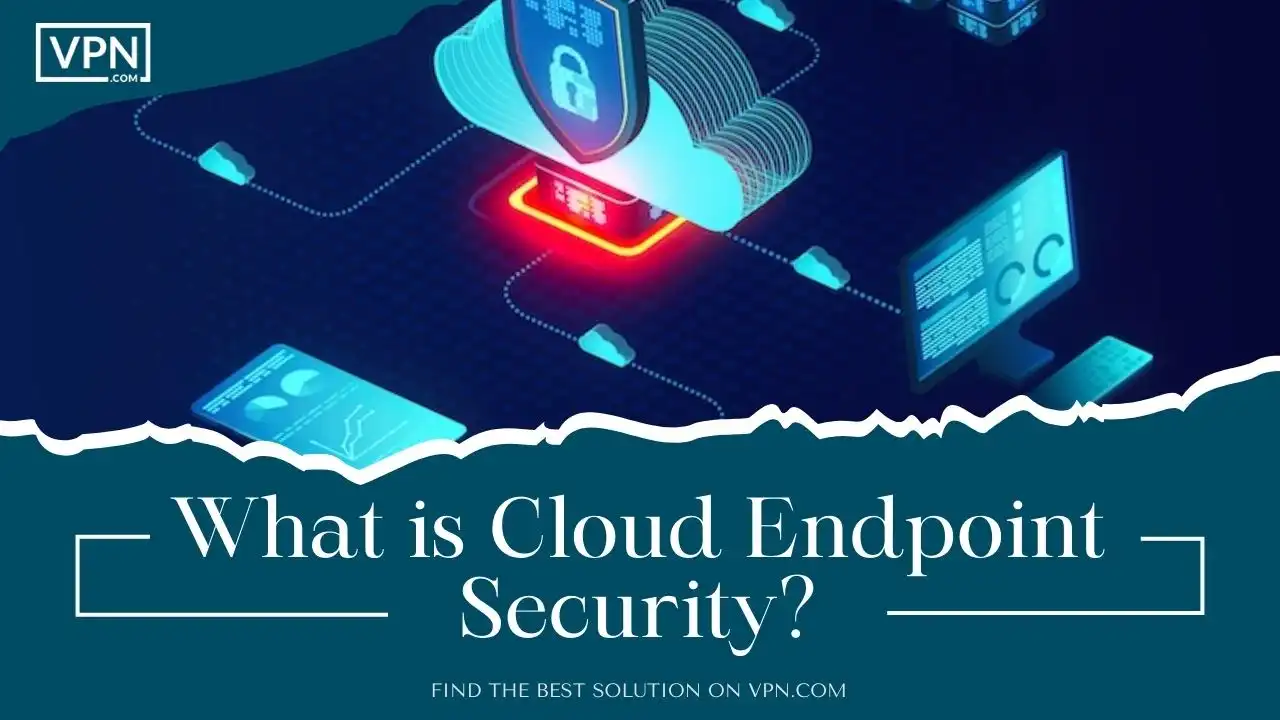
Cloud endpoint security refers to solutions delivered from the cloud to safeguard endpoint devices like desktops, laptops, and mobile devices. This includes protecting both company-owned and BYOD (bring your device) endpoints across platforms. It provides unified visibility and control across endpoints over the internet, enabling seamless protection even for remote or branch users.
Cloud-based endpoint security utilizes a client agent on devices paired with a web-based console hosted on vendor infrastructure. As it does not rely on an on-premise server, the solution can be quickly deployed with no hardware requirements. All policies, threat analysis, and device management are administered conveniently from the cloud-based console.
What are Endpoints in Endpoint Security?
Endpoints refer to the remote computing devices that users interact with to access organizational resources and data. Some examples include:
- Desktop computers
- Laptops
- Smartphones
- Tablet devices
- Point-of-sale terminals
- ATMs
- Medical devices like MRI machines
- Servers
- Virtual desktops and applications
Essentially, an endpoint is any device that can connect to a work network. Endpoints represent a vulnerable path for cybercriminals to infiltrate business-critical systems. Hence, tight access controls and comprehensive threat protection must be implemented on all endpoints – regardless of device ownership.
Why is Endpoint Security Important?
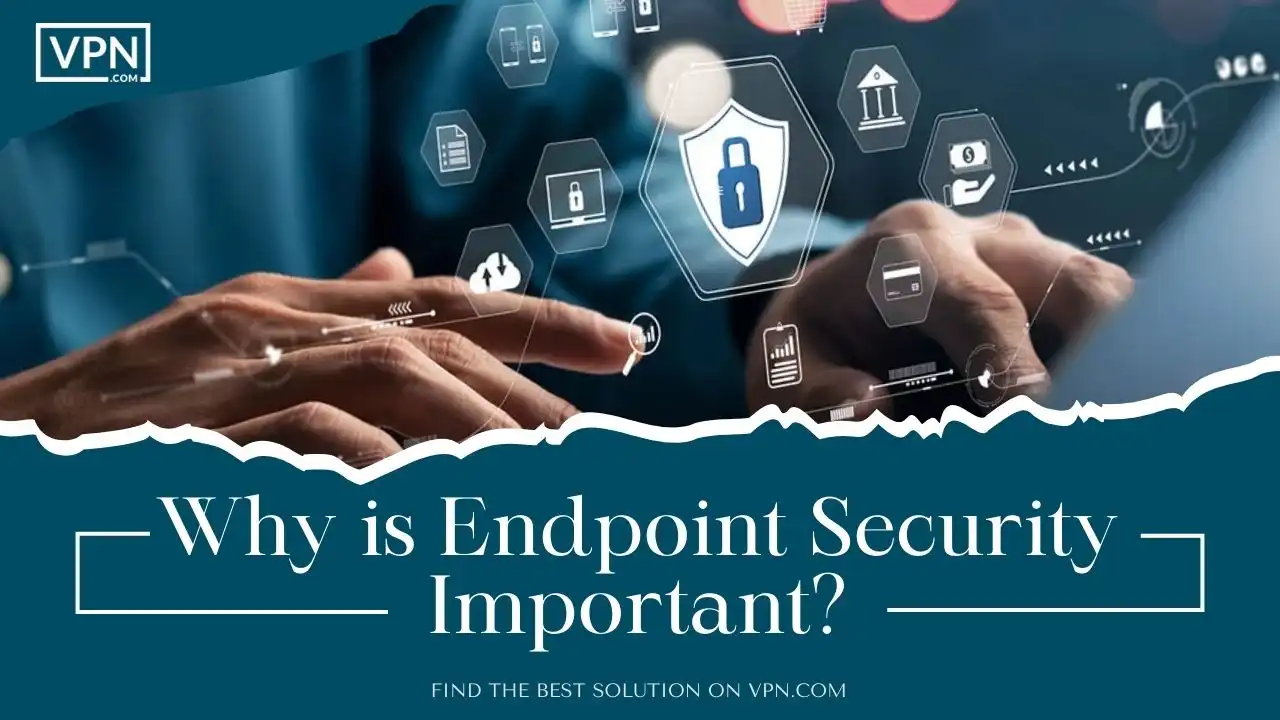
Here are some compelling reasons why cloud endpoint security should be a priority for your business:
- Data protection: The data on employee laptops, phones, etc. contains stuff like customer records, financials, and trade secrets that we don’t want to lose or leak. So we need strong controls on the devices themselves to keep data safe, whether employees are working in the office or a coffee shop.
- Threat prevention: Hackers are constantly developing new forms of malware to slip past security defenses. Endpoint protection gives us an extra shield to guard against viruses, ransomware attacks, and other nasty threats that could come from emails, unsafe websites, and unauthorized apps.
- Device control: With people connecting personal phones or using unmanaged apps for work, it’s too big a risk to let just any device access our network and data. Endpoint management lets us set the ground rules – limit access, block suspicious devices, and only allow approved apps.
- Compliance: For any business handling payment info, medical records, and financial data, there are compliance rules we must follow to keep that data protected or encrypted. Endpoint security helps check those boxes.
- Visibility and monitoring: To strengthen defenses, we need full visibility into what devices connect to our network, what software is installed, and what data they access. Endpoint tools give that bird’s eye view so we can spot vulnerabilities or suspicious activity.
In essence, securing endpoints must be the foundation for any organization’s cybersecurity strategy in today’s boundary-less enterprise environments.
Benefits of Cloud Endpoint Security
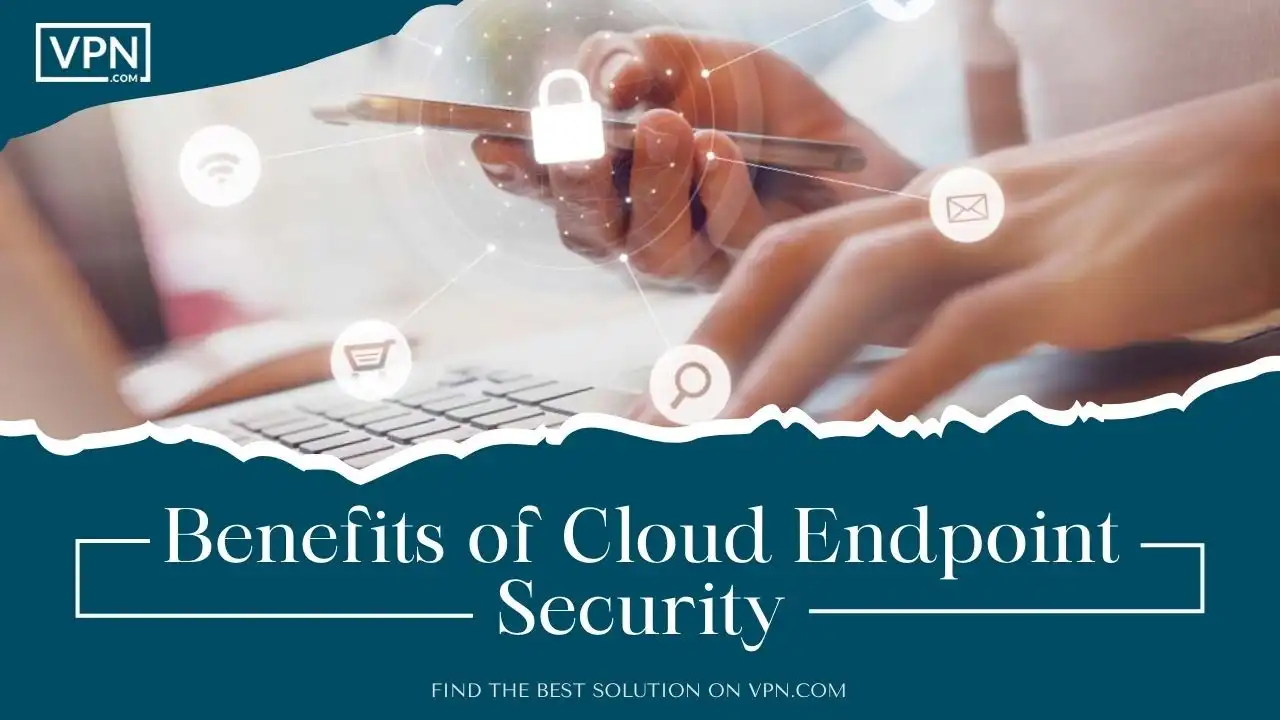
Here are five major advantages organizations can realize by utilizing cloud-based endpoint security solutions:
- Rapid and simple deployment: With cloud-based endpoint security, bringing new devices onto the network is as easy as pie. Just install a tiny agent app, and voila! The device links up with our central cloud portal and has instant protection without IT needing to lift a finger.
- Always up-to-date protection: The cloud platform steadily streams the latest threat data to all connected endpoints automatically. So devices have a real-time defense against emerging malware and phishing scams without waiting for signature file updates like old-school antivirus.
- Persistent visibility and control: No matter if people are working remotely or moving between offices, all devices check into our cloud portal so the security team retains central control. We can monitor device health, apply firewall policies, encrypt data, and more without losing visibility.
- Scalable platform: Cloud security tools easily flex to accommodate growth spurts or seasonal device use peaks. So if we open a new office or hire a bunch of contractors, adding more endpoints doesn’t overload the system or require costly hardware upgrades to maintain protection.
- Operational efficiency: Migrating security to the cloud really takes the load off our plates. No more manual labor managing on-premise equipment, running reports, pushing out signature updates across endpoints. The cloud automates these duties so we focus on meaningful security work rather than maintenance.
Together, this helps strengthen cloud endpoint security while optimizing security processes and infrastructure costs, especially for dispersed enterprises.
What Types of Risks Does Endpoint Security Minimize?
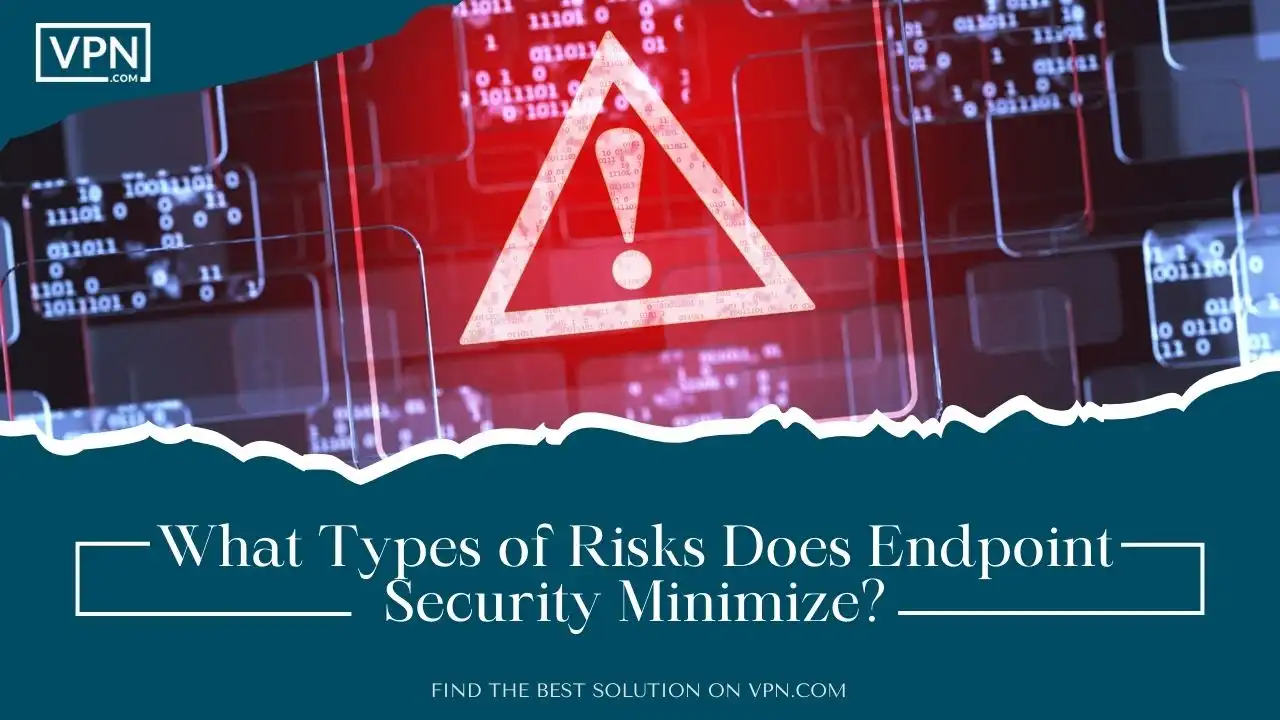
Here’s an everyday explanation of the main risks that cloud endpoint security helps mitigate:
- Malware infections: Viruses, trojans, spyware – cybercriminals use these to steal data or vandalize systems. They often sneak in via infected email attachments, questionable links, and downloads. Endpoint protection spots and blocks these before they take hold.
- Phishing: Whether it’s a dodgy email request or a fake login page, phishing uses deception to trick employees into handing over passwords and other sensitive info. Endpoint tools add an extra layer of scam detection and guard data from leakage.
- Advanced targeted attacks: Hackers use fileless techniques like malicious PowerShell scripts that fly under the radar of traditional security scanners. Endpoint behavioral monitoring flags signs of reconnaissance and blocks these attacks.
- Lost or stolen devices: Laptop theft is a big vulnerability without proper safeguards to encrypt data. Endpoint tools automatically encrypt drives and block unauthorized access attempts to shield lost devices.
- Data exfiltration: Whether it’s unintentional data leaks or malicious exfiltration, endpoint data loss prevention spots sensitive data like customer info across the network and blocks unauthorized transfer.
- Infected USBs and peripherals: It’s all too common to pick up an infected USB from a conference and plug it in without thought. Endpoint USB controls analyze attachments and restrict unauthorized ones to prevent infection spread.
Thus, cloud endpoint security serves as the last line of defense against multiple attack techniques targeting endpoints via various threat vectors.
What are the Ways You Can Implement Endpoint Security?
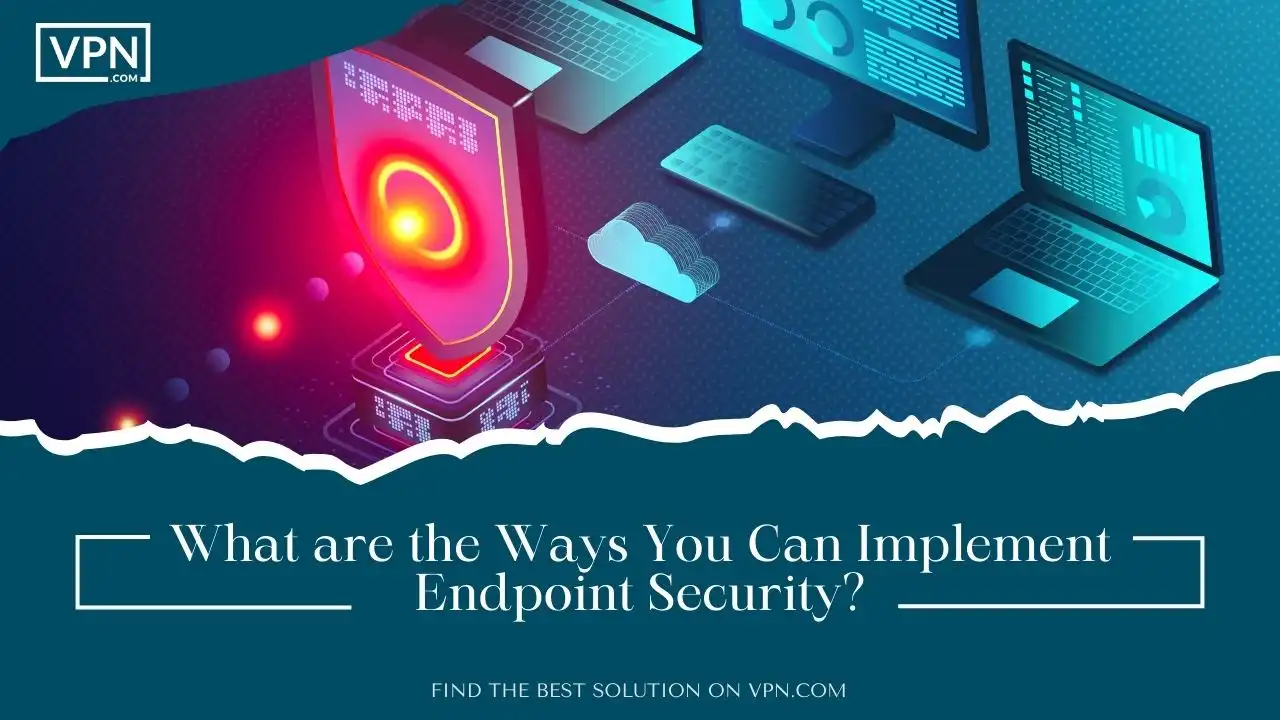
Here’s a simplified rundown of the main options for implementing endpoint security:
Endpoint Protection Platforms (EPP) are the core foundation, combining antivirus, firewalls, device controls, and more into one central cloud portal. Major platforms like CrowdStrike Falcon or Microsoft Defender offer an easy turnkey approach for protecting desktops, servers, and laptops across an organization with their all-in-one suites.
For more advanced threats that slip past traditional signature-based defenses, Endpoint Detection and Response (EDR) tools add intelligent behavioral analysis to spot telltale signs of an attack. Carbon Black, SentinelOne, and similar EDR solutions provide enhanced forensics and automate response processes when threats strike.
On the mobile side of things, Unified Endpoint Management (UEM) platforms centralize oversight of smartphones, tablets, and wearables to apply consistent policies managing data, apps, and access controls in one pane of glass. Tools like VMware WorkspaceONE are popular with IT admins to streamline mobile device security for workers across office branches and in the field.
For employee-owned mobile devices accessing company resources (BYOD), Mobile Threat Defense (MTD) adds an extra security layer tailored to Android and iOS threats that focus attacks on core mobile operating system functions or apps. MTD helps ensure both corporate-owned and personal devices comply with security standards before permitting access.
The best program combines EPP for broad protection with the specialized capabilities of EDR or UEM based on the unique risks and needs of a business. Incorporating cloud endpoint security within this blend enhances defense in depth with tools that reinforce each other, strengthening resilience while optimizing budgets and IT efforts.
The right approach, including the integration of cloud endpoint security, depends on your business’s specific needs, risk appetite, budgets, and in-house capabilities. A layered model combining EPP, EDR, and UEM fosters robust protection. MTD adds depth to mobility-heavy environments, further bolstered by cloud endpoint security strategies.
How do Endpoint Security Solutions Compare with Other Security Technologies?
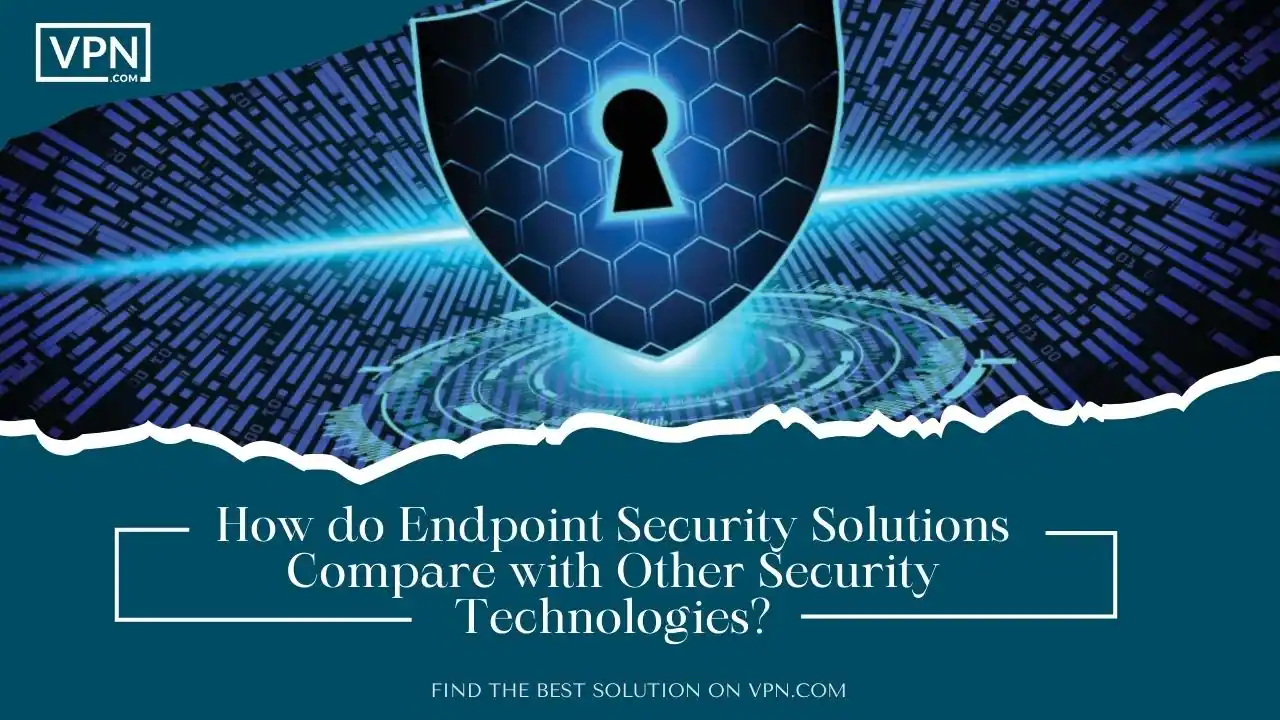
While endpoint security targets threats directed specifically at endpoints, it complements other critical elements of enterprise security including:
Firewalls form the first barrier against external attacks by monitoring incoming network traffic. Host firewalls add internal protection by governing access between processes running on an endpoint itself. Endpoint security platforms bolster this by analyzing web/email content, scanning system changes, and detecting malware behaviors beyond what perimeter firewalls can spot.
At an organization’s web entry points, Secure Web Gateways filter incoming web traffic from compromised sites or those attempting to exploit browsers. But they can’t see web-based threats once the content gets inside to user endpoints. That’s where endpoint tools add another layer catching malicious links or risky downloads on individual devices accessing the internet.
Data Loss Prevention (DLP) takes a broad view by locating sensitive information at rest on servers or databases, tracking its movement between systems and staff, and blocking any unauthorized transfers. Endpoint DLP enlarges that umbrella with controls specific to each device, enforcing encryption or quarantining confidential docs so data stays protected locally.
SIEM analytics ingest security event data company-wide to sniff out attack commonalities, policy violations, and insider misuse based on advanced behavioral models. Endpoint detectors improve this by contributing rich threat intelligence from devices directly vulnerable to phishing, malware, and user-level incidents that evasive attackers exploit as launch points.
So endpoint security is all about filling protection gaps at the edge – hardening and monitoring employee devices regularly exposed to web dangers. It interlocks with network controls like firewalls, web gateways, and DLP by fortifying the last line.
FAQs
Does cloud-based endpoint security work for air-gapped systems with no internet connectivity?
No, cloud-delivered endpoint solutions require an intermittent internet connection to sync with the cloud console for receiving the latest protection updates. On-premise server solutions are better suited for air-gapped networks.
Can cloud endpoint security help meet compliance mandates around device controls and data security?
Yes, many cloud endpoint products provide capabilities like encrypted storage, device authentication, port and device control, auditing, and more – helping demonstrate compliance with standards like PCI DSS, HIPAA, GDPR, and others.
What maintenance overhead is required for cloud-based endpoint security?
Very minimal. With automation and cloud-delivery of threat intelligence, most administrative functions are streamlined without needing manual signature updates or hardware provisioning allowing teams to focus on other security priorities.
Does endpoint security drain device battery or impact performance?
While early antivirus solutions were notorious for performance hits, modern cloud-based agents utilize minimal local resources with lightweight signature-less analysis. Some also offer policies for restricting scans to non-peak hours to avoid battery drain concerns.

Our #1 Rated Monitoring Service
- 24x7x365 multi-cloud security
- Security Assessment & Remeditation
- DevSecOps
- Cloud Disaster Recovery
Conclusion
With remote and mobile work transforming businesses, endpoint security is now non-negotiable. Cloud-delivered endpoint security platforms, including cloud endpoint security, offer robust protection customized to modern tech environments without complex deployments.
Core capabilities like cloud-based threat analysis, encryption, and activity monitoring help securely enable workforce mobility and combat threats exploiting endpoint vulnerabilities.
As a foundational network and device safeguard, organizations must implement cloud endpoint security with capabilities tailored to their unique risk profile. This protects sensitive data across devices, deters advanced threats, and streamlines compliance – helping securely harness cloud and mobility drivers without inhibitions.




